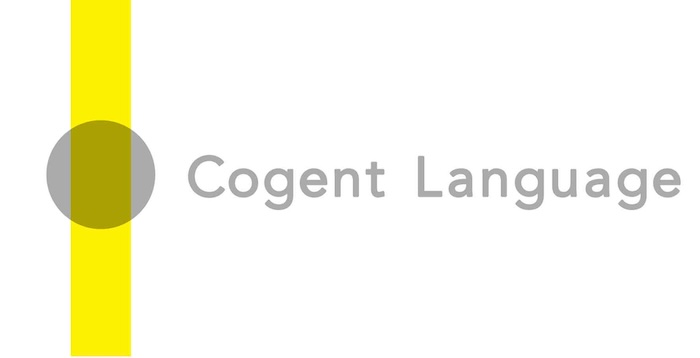Hands-on, useful guidance on creating WBS … in less than 6′!
Category: *Systems
Cybernetic systems and information theory structure the ways of knowing and acting that characterize this perspective. It is a perspective that illuminates not just project work or business but far more domains. Its real world applicability was demonstrated under the most crucial and deadly circumstances. Governments and large organizations applied it to solving the real world technical and logistical problems of fighting World War II. Outputs? Guided missles – massive operations such as D-Day, and the atomic bomb. Afterwards, in the US and elsewhere, this perspective became the basis for the disciplines of Systems Engineering and Systems Analysis.
“SMART Goals – Quick Overview”
Excellent 3′ presentation – helps to understand related ideas as well, e.g. prioritization, alignment, metrics/performance measures, and the choice thereof.
“What is the Scenario Planning Process in a Strategic Plan?”
A good explanation in less than 10′ of a key construct for coping with turbulent “VUCA” environments: scenario development. Four phases are clearly outlined. This construct itself is systematic, practical, and user-friendly, even in conflicted situations. In moving South Africa out of the apartheid era, for example, it was famously and successfully implemented. This fine […]
“Requirements Workshop – JAD Session”
Comprehensive 28′ introduction to Joint Application Development. Well-organized and clear, with useful visuals and a mini-case study that organizes a lot of “how-to” information.
“Systems Engineering: A overview in 15 minutes”
Clear and well-organized introduction to modern (c. 2020) systems engineering. Useful attention to the main processes and tools.
“What is CATWOE?”
Useful introduction to the construct of “root definition” of any “human activity system”, including any project or potential project. CATWOE is the acronym of human activity system (HAS) elements: Customer, Actor, Transformation, Worldview, Owner, Environment. Explained more from a business rather than a systems perspective. A bit “talky” but a helpful into in about 5.5′.
“The Cynefin Framework”

The Cynefin Framework is a sense-making device for understanding the sort(s) of environment you and your team/organization may need to make decisions and take action in. Here is a great 8′ video on it by its creator, Dave Snowden.
“…Depicting Project Scope and the Context Diagram”
Examples are the context diagram and use case diagrams. Such models are very useful strategically. They complement product visions, stories, or value propositions, customer segmentations, customer personae, etc. Also, they can be progressively elaborated into more detailed structural and/or dynamic models. Here is a fine video – 8 minutes or so – on four such […]
“Context Diagrams for Scoping Projects”
Context diagrams represent a project’s product boundaries or “scope”. They model the product at a high level, in its “done” context. They do this by representing only the entities that interact with the product in that context. Thus, they do not represent the parts of the product or its behavior over time. As high level […]
“Tornado Diagrams…”
Here is a 4′ introduction to two key constructs in quantitative risk analysis, namely sensitivity analysis and the tornado diagram. Useful slides, basic definitions.
